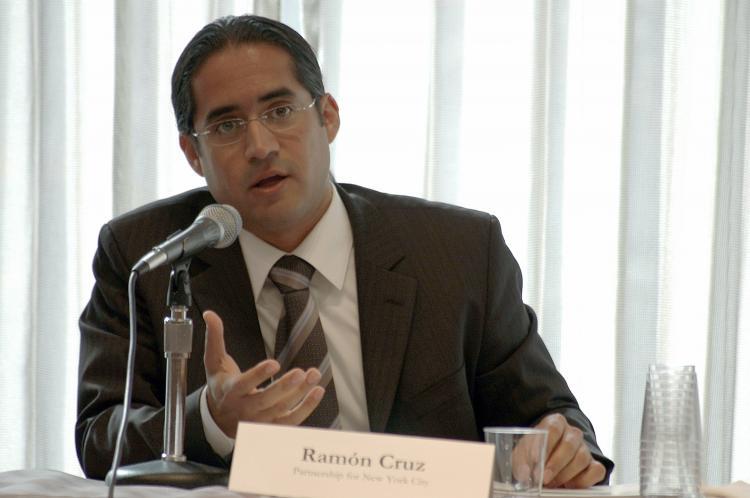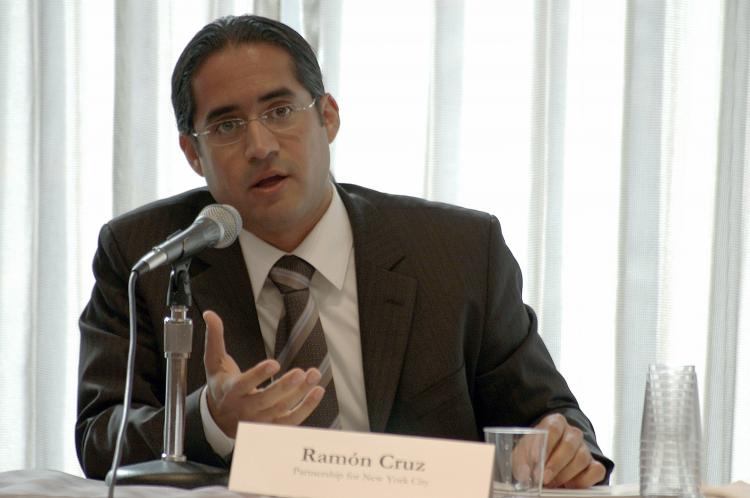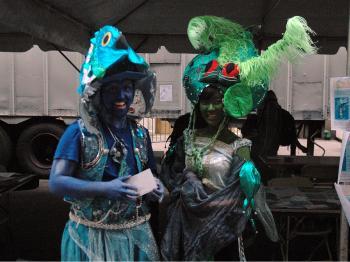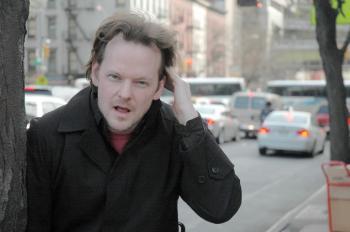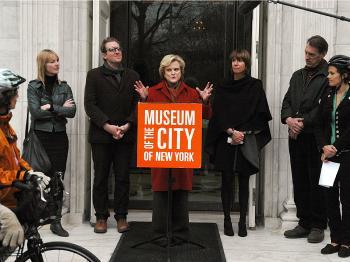Blue Collar, White Collar, ...Green Collar?
A new workforce is under construction in America, green collar jobs might be the start of a solution to our environmental and economic issues.
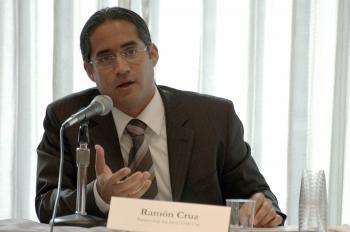
GROWING THE ECONOMY: Ramon Cruz, vice president Partnership for New York City, of explains how a green economy could create millions of new jobs. Jonathan Weeks/The Epoch Times
|Updated:
